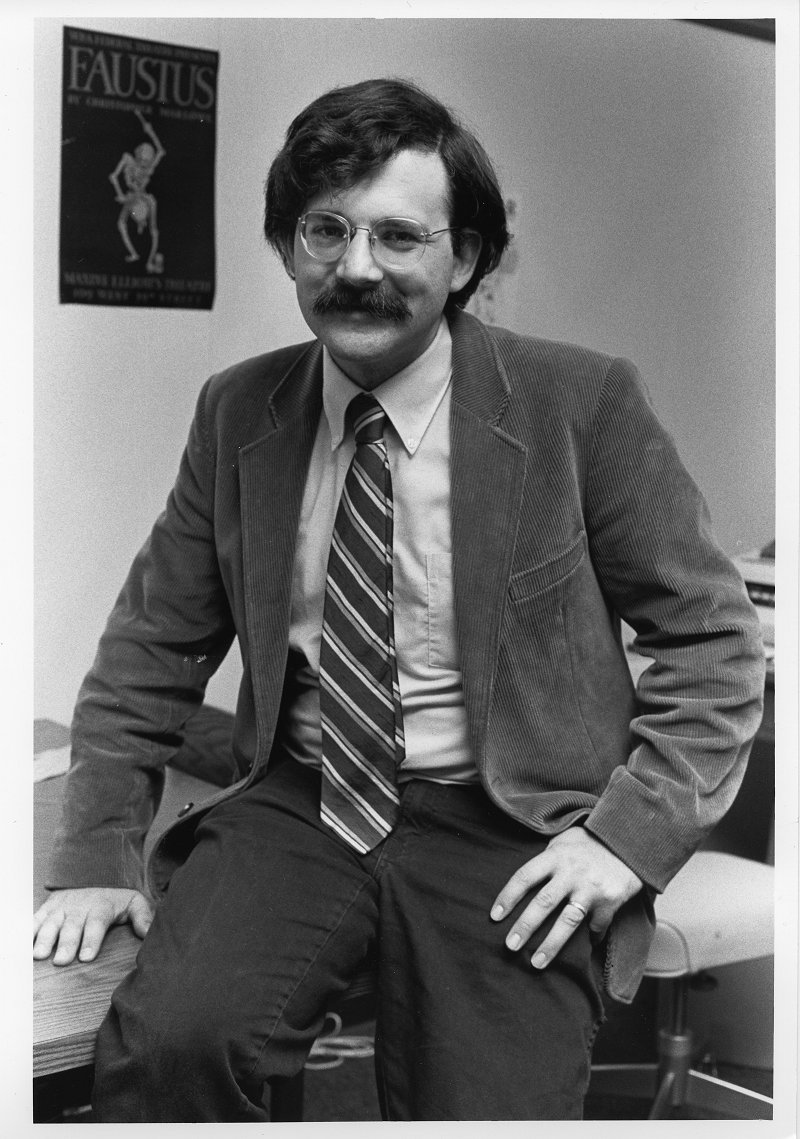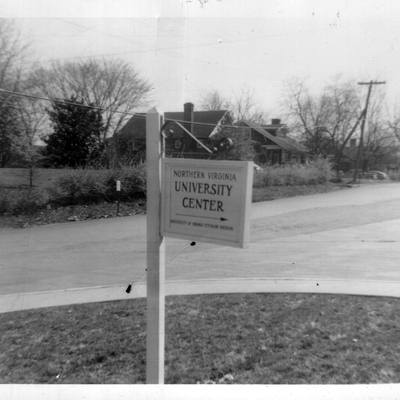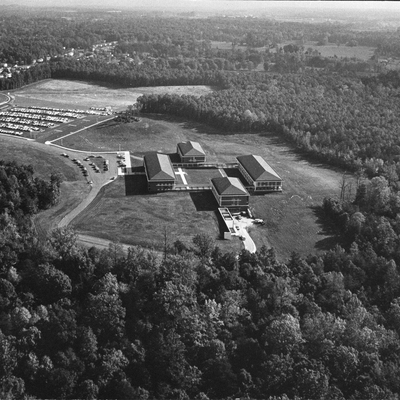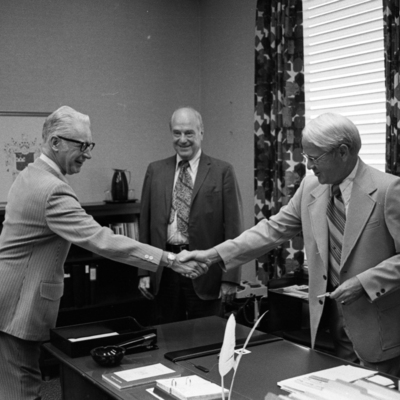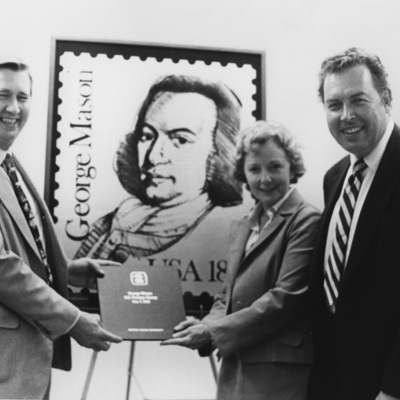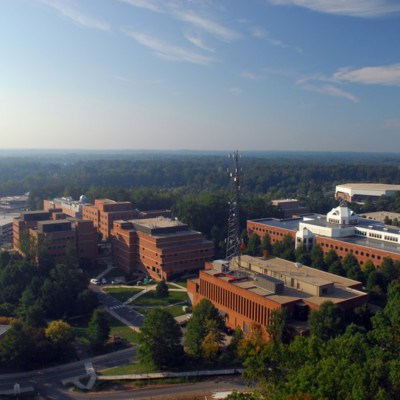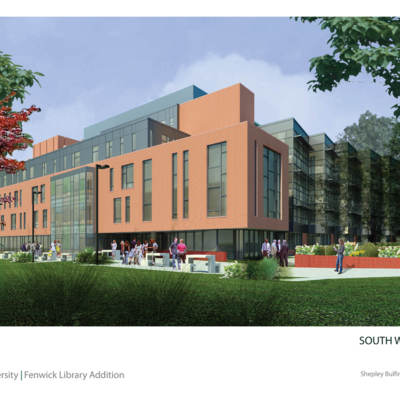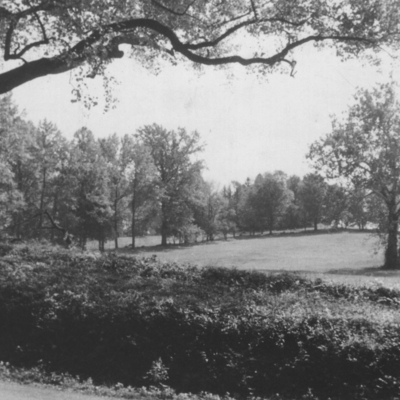Changing the Way We Learn About the Past: Roy Rosenzweig and the Roy Rosenzweig Center for History and New Media
At a March 2008 remembrance event for the late Dr. Roy Rosenzweig,Barbara Ashbrook, of the National Endowment for the Humanities, said, “When Roy began his career as a professional historian, I doubt that he imagined he would end up making history himself, and that he would be one of those builders of America -- the best parts of America – but, in fact, that is just what he did.” [1] Over the course of his twenty six-year tenure at George Mason University, Dr. Rosenzweig became one of the most respected and influential faculty members in Mason’s History department as well as a nationally recognized figure in the field of digital humanities. His enduring legacy to the University is the Roy Rosenzweig Center for History and New Media, a leader in the academic world for promoting the use of digital media to teach history. [2] As the center approaches its twentieth anniversary, new and ongoing initiatives continue to make it one of Mason’s preeminent humanities research institutions.
The Roy Rosenzweig Center for History and New Media (CHNM) was founded in 1994 by Dr. Rosenzweig. Originally the Center for History and New Media, it was renamed for its founder in 2011. The center’s focus is to help integrate “digital media and computer technology to democratize history – to incorporate multiple voices, reach diverse audiences, and encourage popular participation in presenting and preserving the past.”[3] Prior to establishing the center, Dr. Rosenzweig had been awarded a grant in 1991 to work on a portion of a computer program on CD-ROM entitled Who Built America: An Electronic Book. Released in late 1994, Who Built America helped introduce college students as well as the general public to issues in the history of the working class in America. [4] The original CHNM was located in Dr. Rosenzweig’s tiny office in Dickenson Hall on the Fairfax Campus. Three staffers worked in one room, while a printer occupied a smaller room just off of the office. In the late 1990s, the CHNM hired its first full-time staff members, including Dr. Dan Cohen, who came to the Center as part of his post-doctoral work. [5] One of the first CHNM initiatives in which Dr. Cohen took part was ECHO, a digital resource for the history of science. The ECHO project was particularly challenging because it was difficult for the CHNM staff to convince scientists to take time away from their research to assist in archiving and digital preservation. Many ECHO projects are archived in the MARS digital repository maintained by University Libraries.
The CHNM staff grew during the early 2000s with the addition of staffers who served dual roles as faculty in the Mason History Department and producers in the center. One such new staffer was Dr. T. Mills Kelly, who was hired in the Summer of 2001 as a faculty member in Mason’s History Department and as an Associate Director in the CHNM. [6] The expanding center embarked on its newest assignment in late 2001, when its staffers started work on the September 11th Digital Archive. [7] This web resource provided a means by which people affected by the September 11, 2001 attacks could share their stories, as well as photos and videos that were relevant. [8] The project won nationwide acclaim and the center went on to partner with such prestigious organizations as the Library of Congress, the Smithsonian National Museum of American History, and the Red Cross. [9] After the September 11th archive project ended, the CHNM embarked on a similar project digitally archiving the stories of people affected by storms in the Gulf region, especially Hurricane Katrina, during the mid-2000s. [10] As the CHNM grew in size and importance, it left Dr. Rozensweig’s office and moved to the Pohick Module, a temporary building on the Fairfax Campus which once stood where the Pohick Building stands today. The center remained there for four and a half years before moving to its current location in Research Hall. [11]
The center has realized several achievements in recent years, including the creation of an online scholarly sourcing and citation program named Zotero and the digital humanities publishing and exhibition platform Omeka. [12] In 2007 and 2008 Zotero was included on the list of “Best Free Software” by PC Magazine, and in 2008 Omeka was awarded a $50,000 Mellon Award for Technology Collaboration. [13] Since Omeka’s introduction, many successful digital humanities projects around the world, including this Mason history site, have been built using the Omeka platform.
Today, the CHNM has grown to encompass nearly fifty employees, most of whom are also part of the George Mason History and Art History Department. [14] While certain staff positions at CHNM require strong computer skills, the center’s leadership usually prefers candidates with some form of a history or humanities background. CHNM’s projects fall into three main categories: teaching and learning, research and tools, and collecting and exhibiting. [15] Many “teaching and learning” projects are aimed at a K-12 audience rather than an advanced academic one, though the center has a significant presence within Mason’s Department of History and Art History. Individuals earning a doctoral degree at Mason are required to enroll in two semesters of digital history, giving the program a tie-in with the CHNM. [16] Course offerings such as “Clio Wired: An Introduction to History and New Media” and “Advanced Topics in History and New Media” demonstrate the center’s influence within the department and the curriculum.
In 2007, in his twenty-sixth year as a faculty member at George Mason University and his fourteenth year as Director of the Center for History and New Media, Dr. Rosenzweig passed away after a battle with lung cancer. [17] Dr. Daniel Cohen, CHNM’s Research and Projects Director, was appointed the new Director of the CHNM. [18] He served as the Center’s Director until April 2013, when he became the Founding Executive Director of the Digital Public Library of America. Dr. Stephen Robinson of the University of Sydney in Australia was chosen to replace Dr. Cohen in June 2013. [19]
The Roy Rosenzweig Center for History and New Media continues to create nationally-recognized digital and interactive resources for learning and teaching history. One of its newest projects is a Web-based American History course named Hidden in Plain Sight. [20] The class consists of several online modules and can be taken either for graduate credit or for teacher recertification points. Even though a new leader is preparing to take the helm at the Center for History and New Media, the institution will continue to produce unique history learning experiences for not only the academic community but a broader audience across the globe.
Browse items relating to Dr. Roy Rosenzweig
